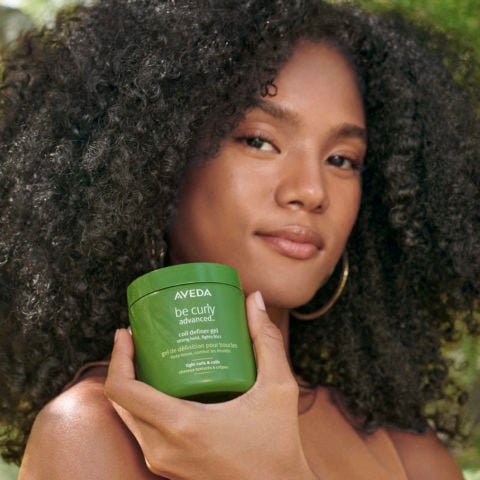Face Forward: How One Writer Achieved a New Look, Without Losing Herself in the Process
A little reassurance from the experts helped convince a hesitant writer to give JUVÉDERM a shot.
FASHION X JUVÉDERM
Over the past few years, I’ve noticed that the lines on my face are growing more pronounced. I have healthy self-esteem and I love what I look like, but lately I’ve been abandoning otherwise-excellent selfies because the creases around my mouth remind me of a sad clown and my eyes appear drowsy and sluggish. A little plumping of my thin upper lip would also be nice. But I don’t want to look like anyone else; I want to look like a better version of me.
When I met with Dr. Mauricio de Maio, the world-renowned plastic surgeon and aesthetics expert who designed a facial mapping series known as MD Codes, he told me that my desire to look fresher without looking too young or plastic was achievable with JUVÉDERM. MD Codes follows strategically charted injection sites to give patients volume and structure while reducing bruising and downtime. He pays special attention to emotionally driven attributes, such as my wish to look “less sad.” De Maio formulated MD Codes specifically for JUVÉDERM, an injectable containing hyaluronic acid, which is a substance already found in the body.
Although I’d long been intrigued by JUVÉDERM, I hesitated to book a consult because I didn’t want to support the idea that women shouldn’t look their age or that imperfections are unattractive. But de Maio told me that he rejects “the dictatorship of beauty,” a term he often uses to describe the uniformity of conventional beauty standards. “Tiny distractions are not necessarily negative,” he said. “It’s the message your face is sending that’s important.” In other words, the uniqueness of my face would be left intact.
I made an appointment with Dr. Julia Carroll at Compass Dermatology in Toronto. We discussed the emotional attributes mapped out by de Maio, and I told her I wanted to look less tired and more alert. She analyzed my face and explained how she could use JUVÉDERM to improve several areas to help me present my best self. She surprised me by saying it was my upper face, not my mouth area, that would receive the bulk of the JUVÉDERM, creating a liftlike effect according to de Maio’s MD Codes.
With that, my hair was pulled back with a headband and I reclined in a chair. For the next few minutes, Carroll made a series of JUVÉDERM injections around my face. The pain was tolerable because the injections contain lidocaine. (When I later went for a follow-up and decided to add more, numbing cream was used to further decrease discomfort.) The process went more quickly than I’d imagined it would. And during the procedure, Carroll’s nurse gently moved a small rose-gold vibrator over my face—a cleverly resourceful way to distract one from the injections. This little trick is just one of the many reasons why it’s important to have a well-trained and experienced injector. Another reason is the aftercare advice and reassurance offered—including the reminder that everyone is different and that one person’s experience might not be identical to another’s.
My face did feel sore for a few days. I didn’t experience any bruising, but there was a sense of awareness in my skin—not unlike how your arm feels after you have blood drawn. At night, I tried to avoid moving and dutifully slept on my back, as Carroll said not to spend a prolonged amount of time face down for 48 hours post-treatment. Online, past JUVÉDERM patients warned that eating would be a challenge, but I was able to eat a slice of thin-crust pizza and drink an iced coffee within an hour.
Weeks later, the lines I’d been fretting over have dissolved. If I look tired now, it’s because I am tired, not because my face is stuck in a lethargic guise. I don’t look any younger or less like myself; I look like me—and I’ve got a reinvigorated selfie game to show for it.








